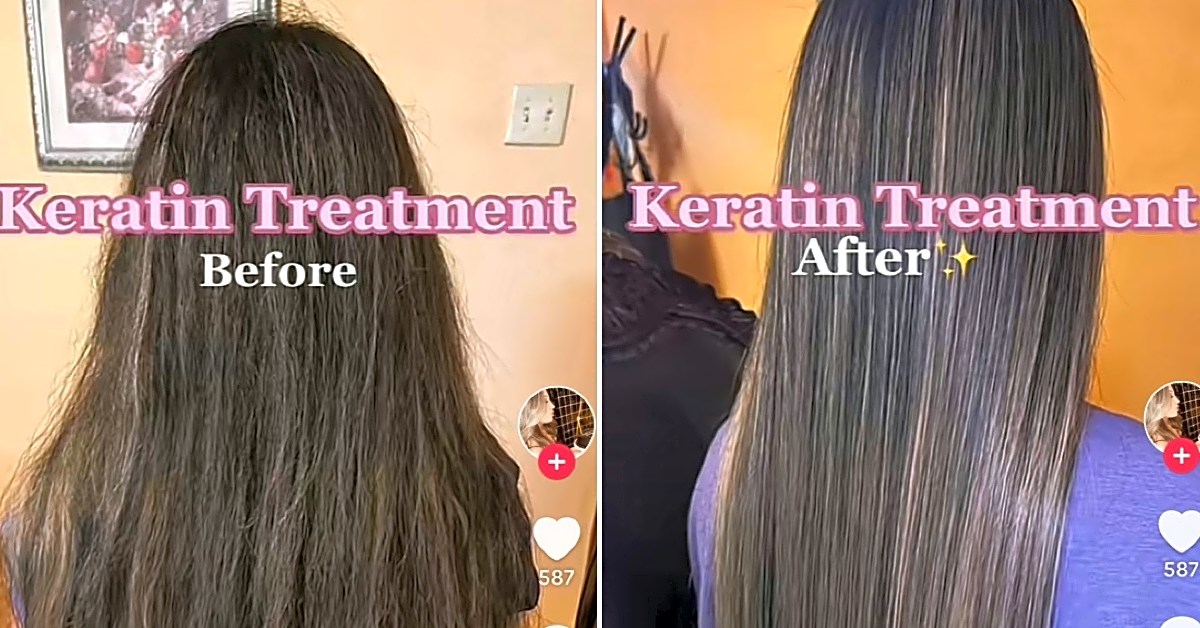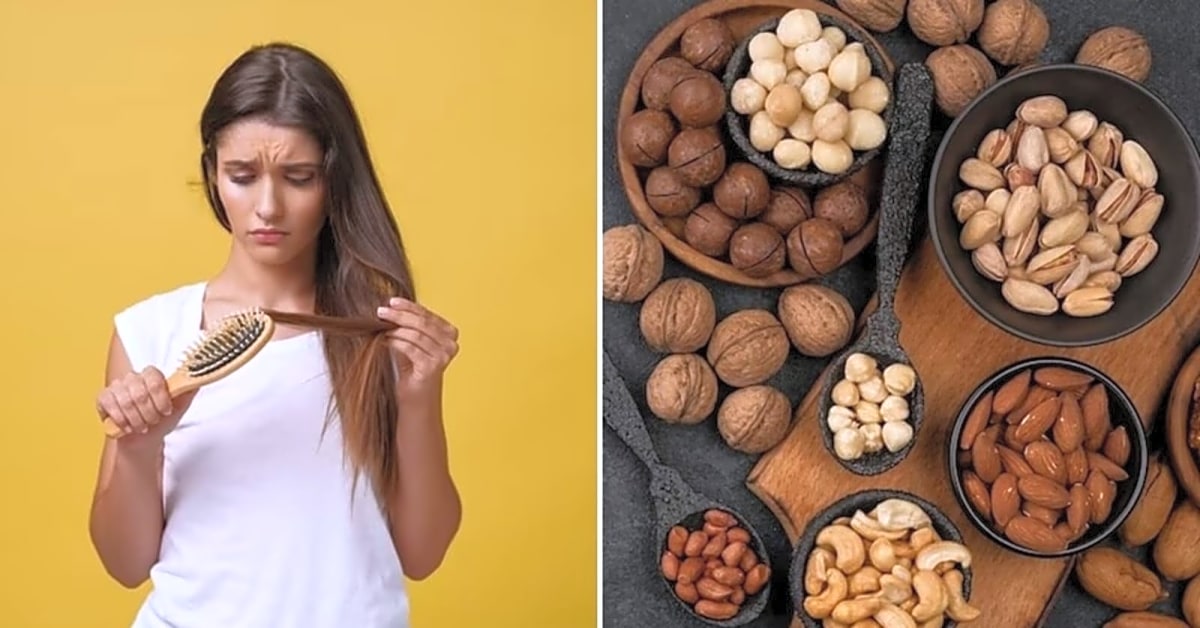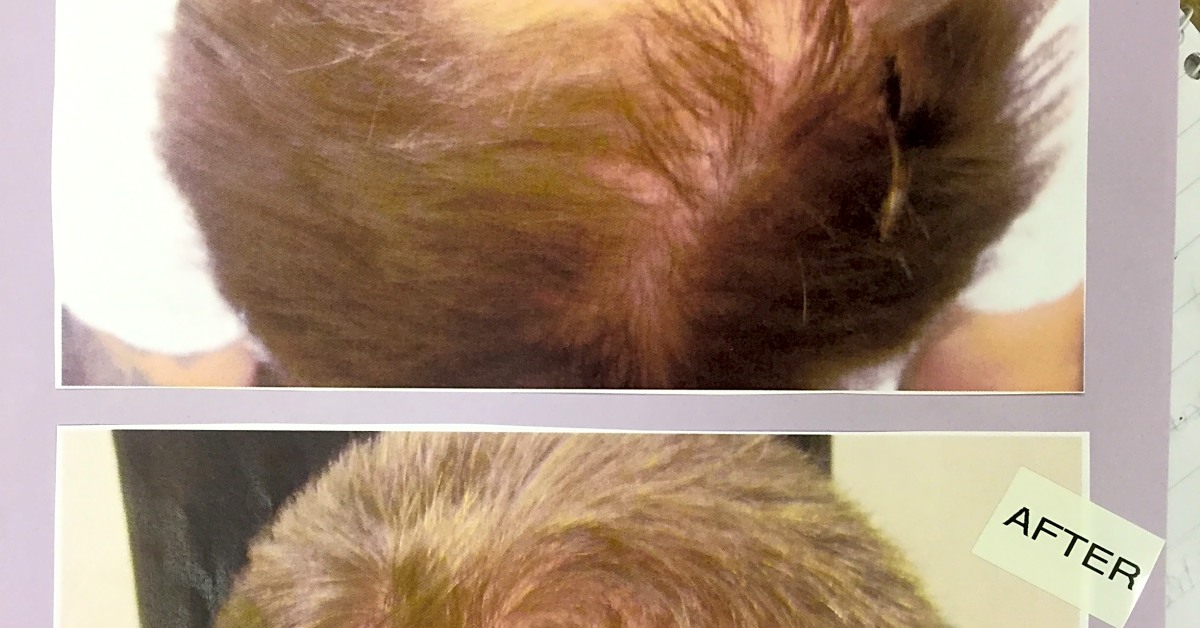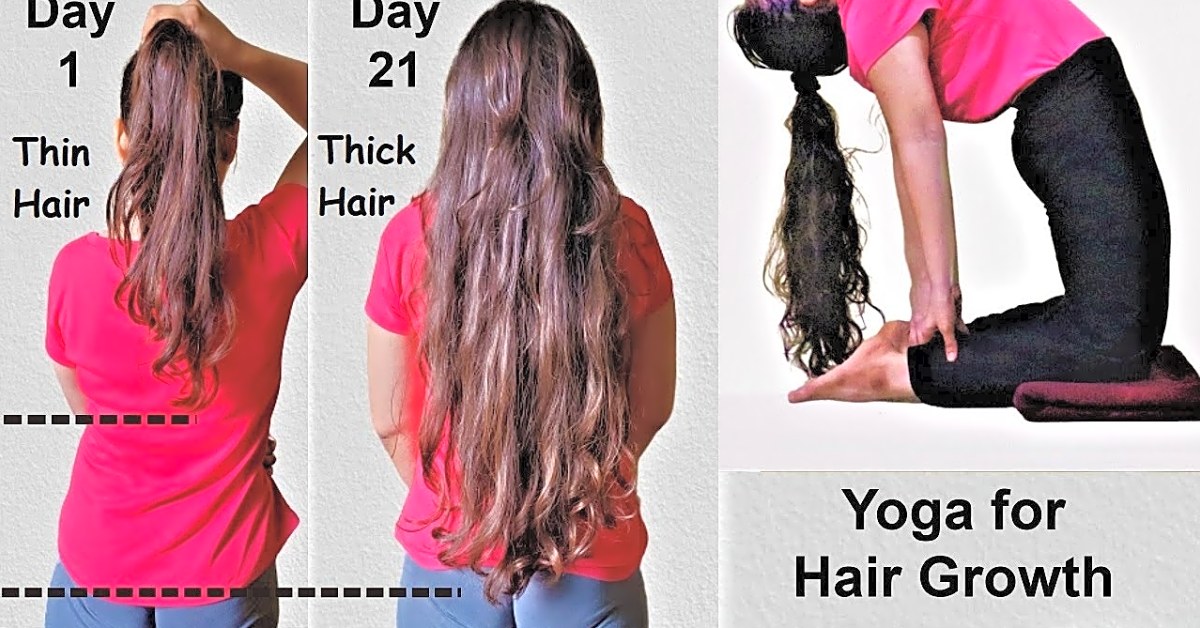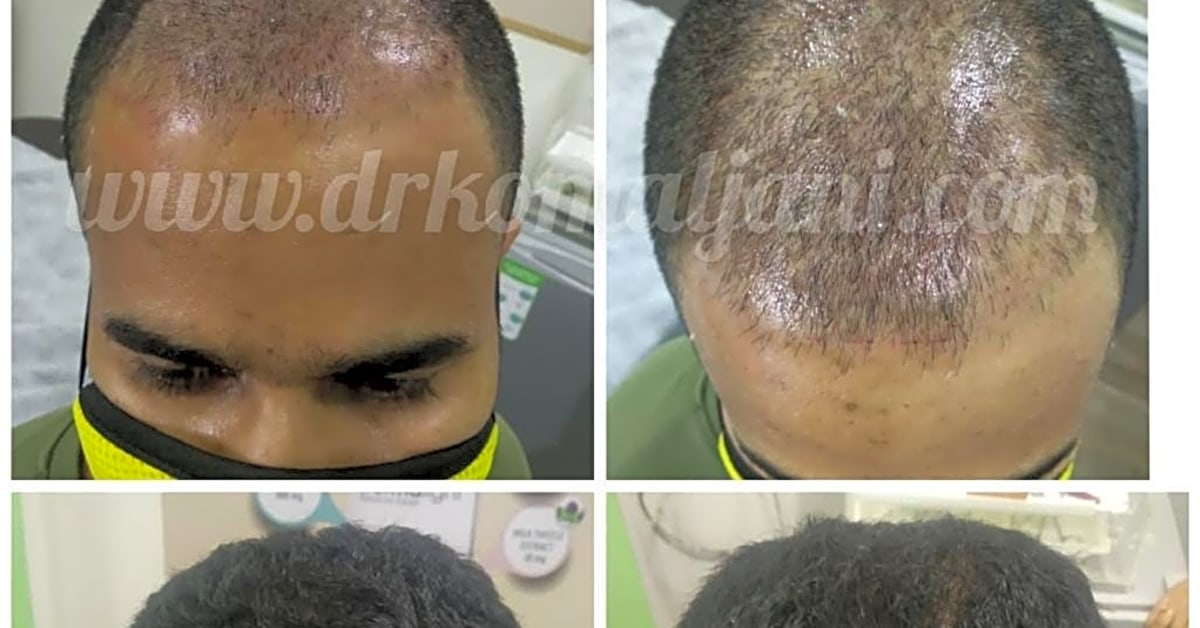Welcome to our comprehensive guide on the different types of hair treatments and their benefits. Hair care is an essential part of our daily routine, and it is important to understand the various options available to keep our locks healthy and luscious. Whether you are dealing with dry, damaged, or frizzy hair, there is a treatment out there for you. In this article, we will cover everything from deep conditioning treatments to keratin treatments and their benefits for your hair. So, if you’re ready to revitalize your hair and achieve your dream locks, read on!
First, let’s discuss the different types of hair treatments available. These include deep conditioning treatments, keratin treatments, scalp treatments, and protein treatments. Each type has its unique benefits and uses. For example, deep conditioning treatments can help to repair damaged hair and improve overall texture and shine. Keratin treatments can help to smooth frizz and make hair more manageable. Scalp treatments can address issues such as dandruff and dryness, while protein treatments can strengthen weak or damaged hair.
Now, let’s delve into some tips for maintaining healthy hair. First and foremost, it is essential to use the right products for your hair type. For example, if you have curly or textured hair, look for products specifically designed for those types. Additionally, it is crucial to avoid over-styling and heat damage by limiting the use of heat styling tools and using heat protectant products when necessary. Regular trims can also help keep your hair looking healthy by getting rid of split ends.
When it comes to addressing common issues such as damage, dandruff, and thinning hair, there are several solutions available. For damage control, consider using a leave-in conditioner or a hair mask once a week. For dandruff, look for anti-dandruff shampoos or scalp treatments containing ingredients like salicylic acid or tea tree oil. And for thinning hair, there are various options such as hair growth serums, supplements, and even hair extensions.
Finally, let’s touch on promoting hair growth and maintaining overall hair health. A balanced diet rich in vitamins and minerals can help promote hair growth and keep your locks looking healthy. Additionally, regularly massaging your scalp can stimulate blood flow and promote hair growth. And don’t forget to protect your hair from the sun by using hats or UV protection products.
In conclusion, understanding the different types of hair treatments and their benefits can help you achieve your desired hair goals. By using the right products, avoiding heat damage, and addressing common issues, you can maintain healthy and beautiful hair. Remember to also nourish your hair from within through a healthy diet and regular scalp massages. With these tips in mind, you’ll be well on your way to luscious locks.
Keratin Treatments
Keratin treatments have become increasingly popular in recent years for their ability to smooth frizz and make hair more manageable. This type of treatment involves applying a keratin-based solution to the hair, which is then sealed in with heat. The result is smoother, shinier hair that is easier to style and maintain.
Keratin is a protein found in our hair, skin, and nails. When applied topically, it helps to repair and strengthen damaged hair, making it less prone to breakage and frizz. This is especially beneficial for those with curly or frizzy hair, as keratin treatments can help to relax and straighten the hair, making it more manageable.
One of the main benefits of keratin treatments is that they can last for several months, making them a great option for those looking for longer-lasting results. They also work well on all hair types, from straight to curly, and can help to improve the overall health and appearance of the hair.
However, it’s important to note that keratin treatments do contain chemicals and can be damaging if not done correctly. It’s essential to go to a reputable salon and follow all aftercare instructions to ensure the best results without damaging your hair.
Deep Conditioning Treatments
One of the best ways to repair damage and improve the texture of your hair is through deep conditioning treatments. These treatments penetrate deep into the hair shaft, providing intense nourishment and hydration to bring back life and shine to your locks.
Deep conditioning treatments work by depositing moisture and nutrients into the hair, helping to repair any damage caused by heat styling, chemical treatments, or environmental factors. They also help to smooth out the hair cuticle, reducing frizz and improving overall texture.
Regular deep conditioning treatments can also prevent future damage, as well as keep your hair looking healthy and lustrous. Depending on your hair type and specific needs, there are a variety of deep conditioning treatments to choose from, including leave-in conditioners, hair masks, and hot oil treatments.
For best results, it is recommended to use a deep conditioning treatment once a week or as needed, focusing on the ends of your hair where damage is most common. After rinsing out the treatment, you can follow up with your regular shampoo and conditioner routine.
Overall, incorporating deep conditioning treatments into your hair care routine can greatly improve the health and appearance of your hair. With regular use, you can say goodbye to damaged, dull, or dry locks and hello to soft, shiny, and healthy hair.
Scalp Treatments
Hair care isn’t just about the strands themselves, but also the scalp that supports them. A healthy scalp is essential for strong and beautiful hair. However, many people struggle with common scalp issues such as dandruff and dryness. Fortunately, there are various types of scalp treatments available that can help address these concerns and improve the overall health of your hair.
Dandruff is a common scalp condition that causes flaking and itching. It can be caused by a variety of factors such as dry skin, oily skin, or an overgrowth of yeast. To combat dandruff, look for scalp treatments that contain ingredients like salicylic acid, coal tar, or zinc pyrithione. These ingredients work to exfoliate the scalp, reduce inflammation, and control the growth of yeast.
Dryness is another common issue that can lead to an itchy and irritated scalp. This can be caused by a lack of moisture or harsh hair products. To combat dryness, look for scalp treatments that contain moisturizing ingredients like aloe vera, coconut oil, or jojoba oil. These ingredients will help hydrate the scalp and soothe any irritation.
When using scalp treatments, be sure to follow the instructions carefully and use them consistently for best results. It’s also important to maintain good overall hair hygiene, such as washing your hair regularly and using gentle products. By addressing dandruff and dryness with the right scalp treatments, you can achieve a healthier scalp and ultimately, healthier hair.
Protein Treatments
Protein treatments are an essential part of any hair care routine, especially for those with weak or damaged hair. These treatments work by infusing the hair with proteins, which help to repair and strengthen the hair shaft. They can also help to prevent future damage and breakage.
There are several different types of protein treatments available, each with their own unique benefits. One popular option is keratin treatments, which use a natural protein found in hair to smooth and strengthen the strands. This can be particularly beneficial for those with frizzy or unruly hair.
Another type of protein treatment is a collagen treatment, which helps to increase the elasticity and strength of the hair. This can be especially helpful for those with fine or thinning hair, as it can make the strands appear fuller and more voluminous.
It’s important to note that while protein treatments can be highly effective in repairing and strengthening weak or damaged hair, they should not be used too frequently. Overuse of these treatments can actually lead to further damage and breakage. It’s best to consult with a hairstylist or do some research on your specific hair type before incorporating protein treatments into your routine.
In addition to using protein treatments, there are other steps you can take to maintain overall hair health. This includes using a wide-toothed comb instead of a brush when your hair is wet, avoiding heat styling as much as possible, and using a deep conditioning treatment at least once a week.
By incorporating protein treatments and following these tips for maintaining healthy hair, you can say goodbye to damaged, dull, or thinning locks and hello to strong, shiny, and beautiful hair.
By understanding the different types of hair treatments and implementing these tips for maintaining healthy hair, you can achieve your desired results. Remember to choose products tailored to your specific hair type, avoid heat damage, and address any common issues. Don’t forget to nourish your hair from within through a healthy diet and regular scalp massages. With these tips in mind, you’ll have healthy and beautiful hair in no time.

